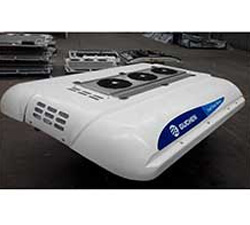As the demand for electric vehicles continues to grow, the importance of heat management strategies for batteries cannot be overstated. Battery performance and longevity are directly impacted by temperature, and the failure to manage heat can lead to costly consequences. That's why industry experts are constantly seeking innovative solutions to ensure that batteries can handle the heat. From
thermal management systems to advanced materials, the latest strategies are aimed at improving battery performance, efficiency, and safety. In this article, we'll explore some of the insights shared by industry experts about the most effective heat management strategies for batteries. Whether you're an EV enthusiast, a battery manufacturer, or simply curious about the latest developments in the field, you won't want to miss this informative and engaging read. So, let's dive in and discover the cutting-edge technologies and best practices that are shaping the future of battery heat management!
What is a Thermal Management System?
| A thermal management system is a mechanism that regulates the temperature of an electronic device. It is designed to maintain the optimal temperature range for the device's battery, which is critical for its performance and lifespan. The system comprises several components, including a temperature sensor, a cooling mechanism, and a controller. The temperature sensor monitors the device's temperature and sends signals to the controller, which then activates the cooling mechanism to maintain the optimal temperature range. |
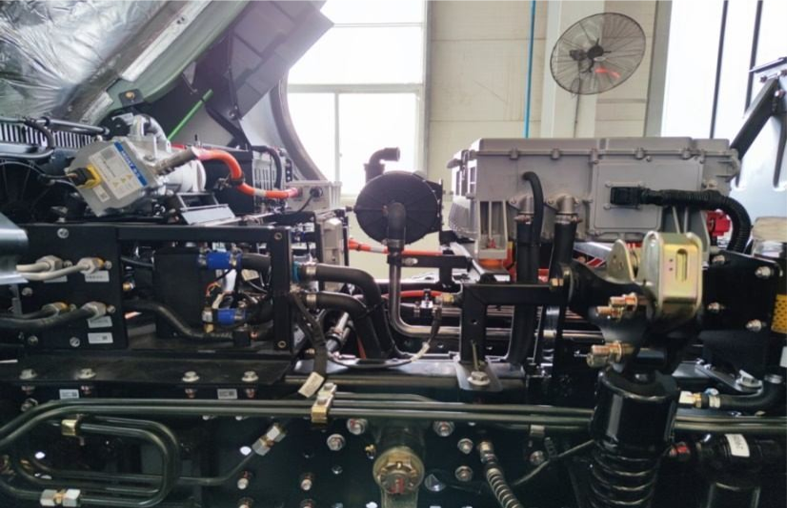 |
The Impact of Temperature on Battery Life
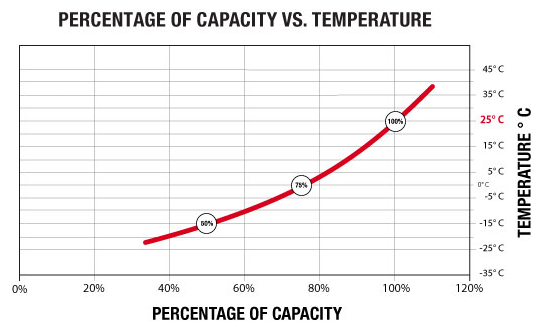 |
Temperature plays a crucial role in determining the lifespan of a battery. The ideal temperature range for a battery is between 20°C to 25°C. Temperatures above or below this range can significantly impact the battery's performance and lifespan. High temperatures can cause the battery to degrade faster, leading to a shorter lifespan. On the other hand, low temperatures can reduce the battery's capacity, resulting in a shorter runtime.
In addition to the impact on lifespan, temperature can also affect the battery's performance. High temperatures can cause the battery to discharge faster, reducing its runtime. It can also affect the battery's charging time, causing it to take longer to charge. Low temperatures can also cause the battery to discharge faster, reducing its runtime. |
Components of a Thermal Management System
A thermal management system comprises several components, each playing a crucial role in regulating the temperature of the battery.
The temperature sensor is the first component of the system and is responsible for monitoring the device's temperature. It sends signals to the controller, which activates the cooling mechanism when the temperature exceeds the optimal temperature range.
The cooling mechanism is the second component of the system and is responsible for reducing the temperature of the device. It can take many forms, including air cooling, liquid cooling, and phase-change cooling. Air cooling is the most common form of cooling and involves the use of a fan to circulate air around the device. Liquid cooling involves the use of a liquid coolant to reduce the temperature of the device. Phase-change cooling involves the use of a refrigerant to reduce the temperature of the device.
The controller is the third component of the system and is responsible for activating the cooling mechanism when the temperature exceeds the optimal temperature range. It receives signals from the temperature sensor and activates the cooling mechanism to reduce the temperature of the device.
How Thermal Management Systems Work
Thermal management systems work by regulating the temperature of the device. The temperature sensor monitors the device's temperature and sends signals to the controller when the temperature exceeds the optimal temperature range. The controller then activates the cooling mechanism to reduce the temperature of the device.
The cooling mechanism can take many forms, including air cooling, liquid cooling, and phase-change cooling. Air cooling involves the use of a fan to circulate air around the device, while liquid cooling involves the use of a liquid coolant to reduce the temperature of the device. Phase-change cooling involves the use of a refrigerant to reduce the temperature of the device.
Proper installation and maintenance of thermal management systems are crucial for their effective operation. Dust and debris can accumulate in the cooling mechanism, reducing its effectiveness. Regular cleaning and maintenance can help ensure the system is functioning correctly. |
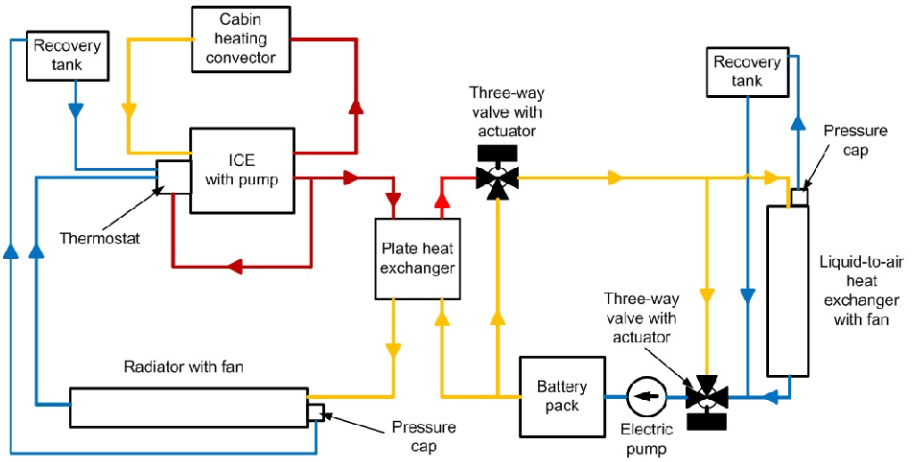 |
Importance of Proper Installation and Maintenance of Thermal Management Systems
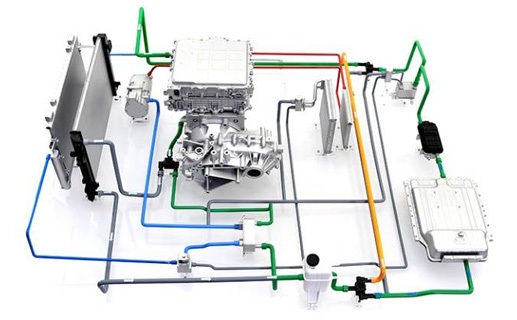 |
Proper installation and maintenance of thermal management systems are crucial for their effective operation. Dust and debris can accumulate in the cooling mechanism, reducing its effectiveness. Regular cleaning and maintenance can help ensure the system is functioning correctly.
In addition to proper maintenance, the installation of a thermal management system must be done correctly. Improper installation can lead to reduced effectiveness and, in some cases, damage to the device. It is essential to follow the manufacturer's guidelines when installing a thermal management system. |
Battery Life and Thermal Management in Electric Vehicles
Thermal management is critical in electric vehicles as it impacts the battery's performance and lifespan. High temperatures can cause the battery to degrade faster, leading to a shorter lifespan. On the other hand, low temperatures can reduce the battery's capacity, resulting in a shorter runtime.
Electric vehicles employ sophisticated thermal management systems to regulate the battery's temperature. The systems are designed to maintain the optimal temperature range for the battery, ensuring its performance and lifespan are maximized.
Future Trends in Battery Life and Thermal Management
As technology continues to advance, the importance of thermal management systems in maximizing battery life and device performance will only increase. The development of new cooling technologies, such as nanofluidic cooling and microscale heat transfer, will lead to more efficient and effective thermal management systems.
The integration of artificial intelligence and machine learning into thermal management systems will also lead to more advanced and precise control of device temperature. These systems will be able to learn and adapt to the device's usage patterns, ensuring optimal performance and battery life.
The Composition of Battery Thermal Management Usually Includes the Following Parts
1. Battery heat sink: used for heat dissipation and lower battery temperature.
2. Temperature sensor: used to detect the temperature of the battery and transmit the data to the temperature controller.
3. Temperature controller: used to monitor the temperature of the battery and control the temperature of the battery according to the preset threshold. When the battery temperature exceeds a preset threshold, it sends a signal that tells the cooling system to cool down faster.
4. Cooling system: including fan or liquid cooling system to reduce the temperature of the battery.
5. Protection system: It is used to monitor the voltage and current of the battery to ensure that the battery will not be damaged by overcharging or overdischarging.
In conclusion, the importance of a thermal management system in regulating the temperature of the battery. It plays a crucial role in maximizing battery life and device performance. Proper installation and maintenance of these systems are crucial for their effective operation. With the development of new cooling technologies and the integration of artificial intelligence, the future of thermal management systems looks promising. If you want to master battery life and ensure your device's longevity, investing in a thermal management system is essential.






.jpg)

